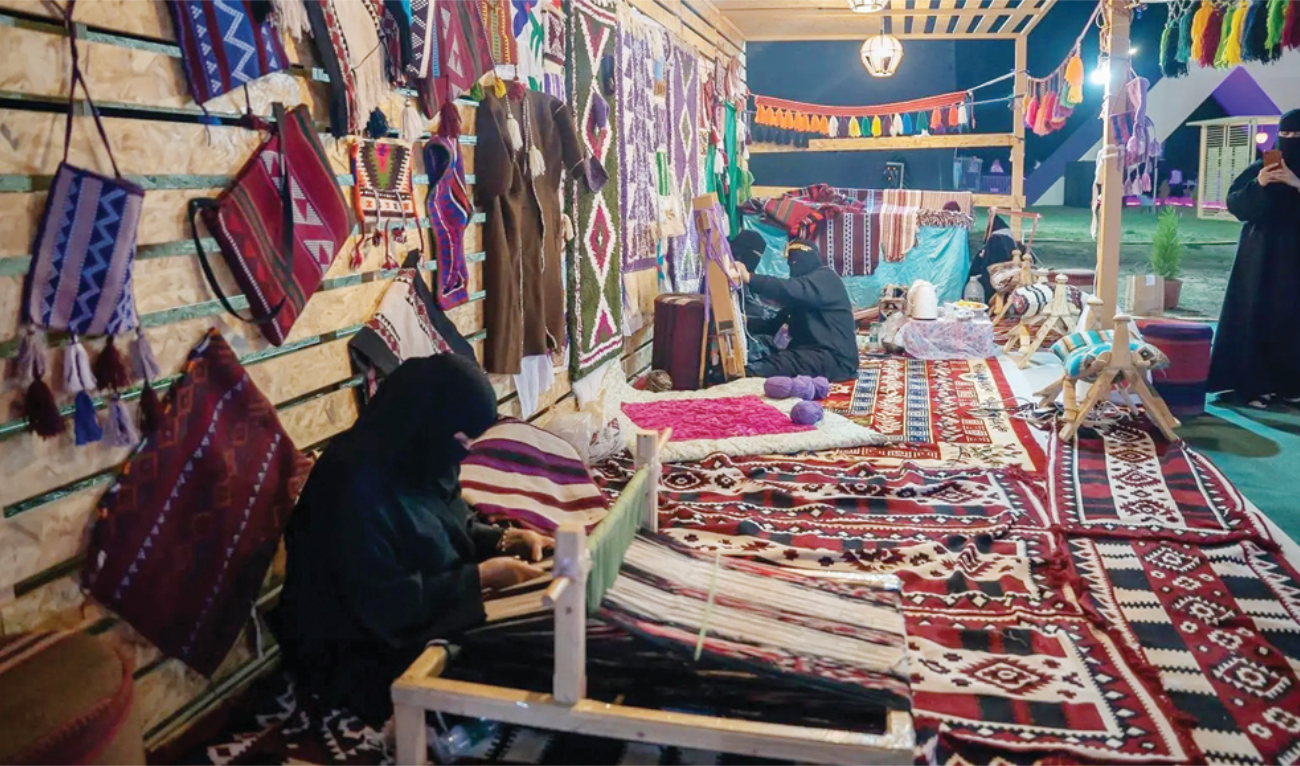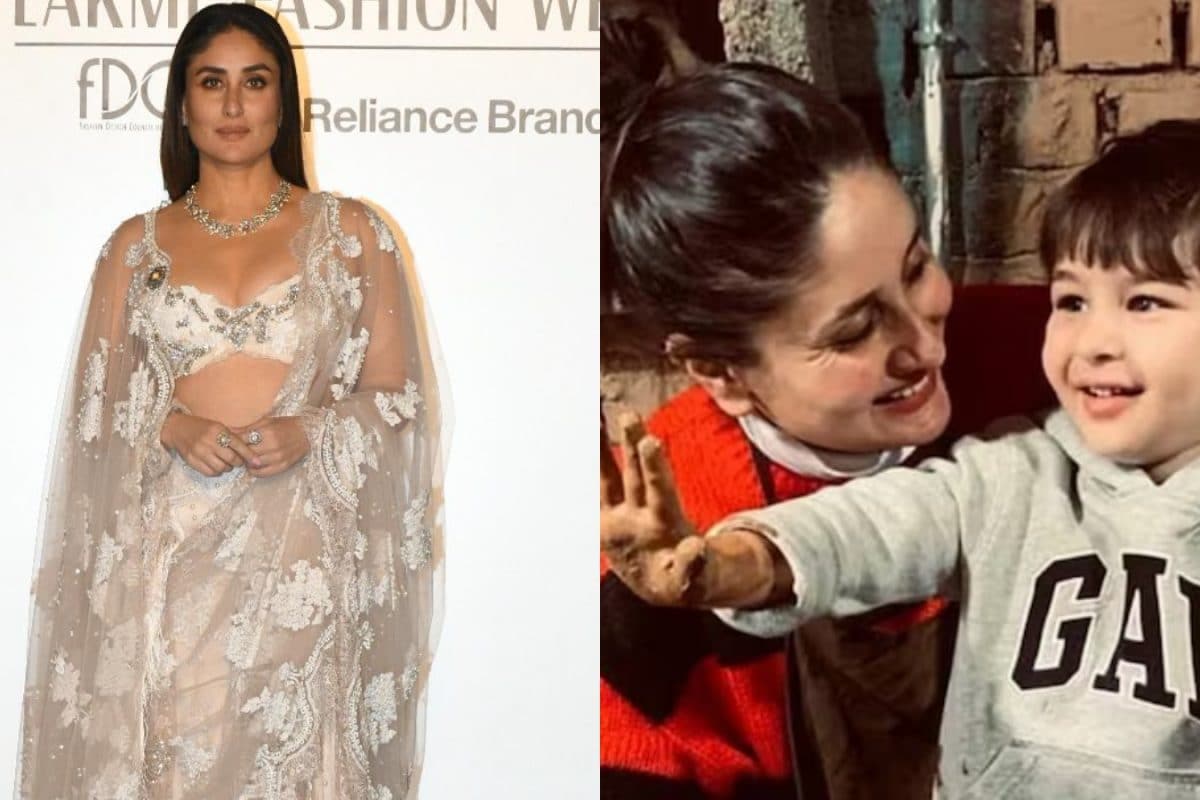RIYADH: The craft of Al-Sadu is alive across the Kingdom — not only in the depths of the Badia, where the art originated, but also in cities, houses, festivals, exhibitions, events, and art and creative galleries. Al-Sadu is a popular cultural and civilizational symbol that embodies the distinction of the people of the Kingdom and the Arabian Peninsula. The “traditional weaving of Al-Sadu” was included in 2020 on UNESCO’s Representative List of the Intangible Cultural Heritage of Humanity.
A new logo inspired by Al-Sadu has been launched for the Riyadh Expo 2030. The Saudi Council of Ministers designated 2025 as the Year of Handicrafts, in order to highlight traditional Saudi crafts and craftsmen. The raw materials used in Al-Sadu are abundantly found in the Kingdom’s desert.

They include goat hair, wool from sheep, and camel fuzz. Bedouin women mastered the craft, and it was utilized in building Bedouin tents and meeting the needs of families with furnishings such as bedspreads and covers. The Al-Sadu process goes through several phases.
It starts with cutting the wool, sorting it, and then washing it using certain substances, such as soap or ash, to rid it of any plant matter or thorns. The material is then dried, spun into yarn, and then dyed in natural colors extracted from plants and trees’ peels and roots, such as saffron and henna. Traditional Al-Sadu colors are black, white, red, and brown.
The pieces are then decorated with embroidery, ornaments, and crea.

























